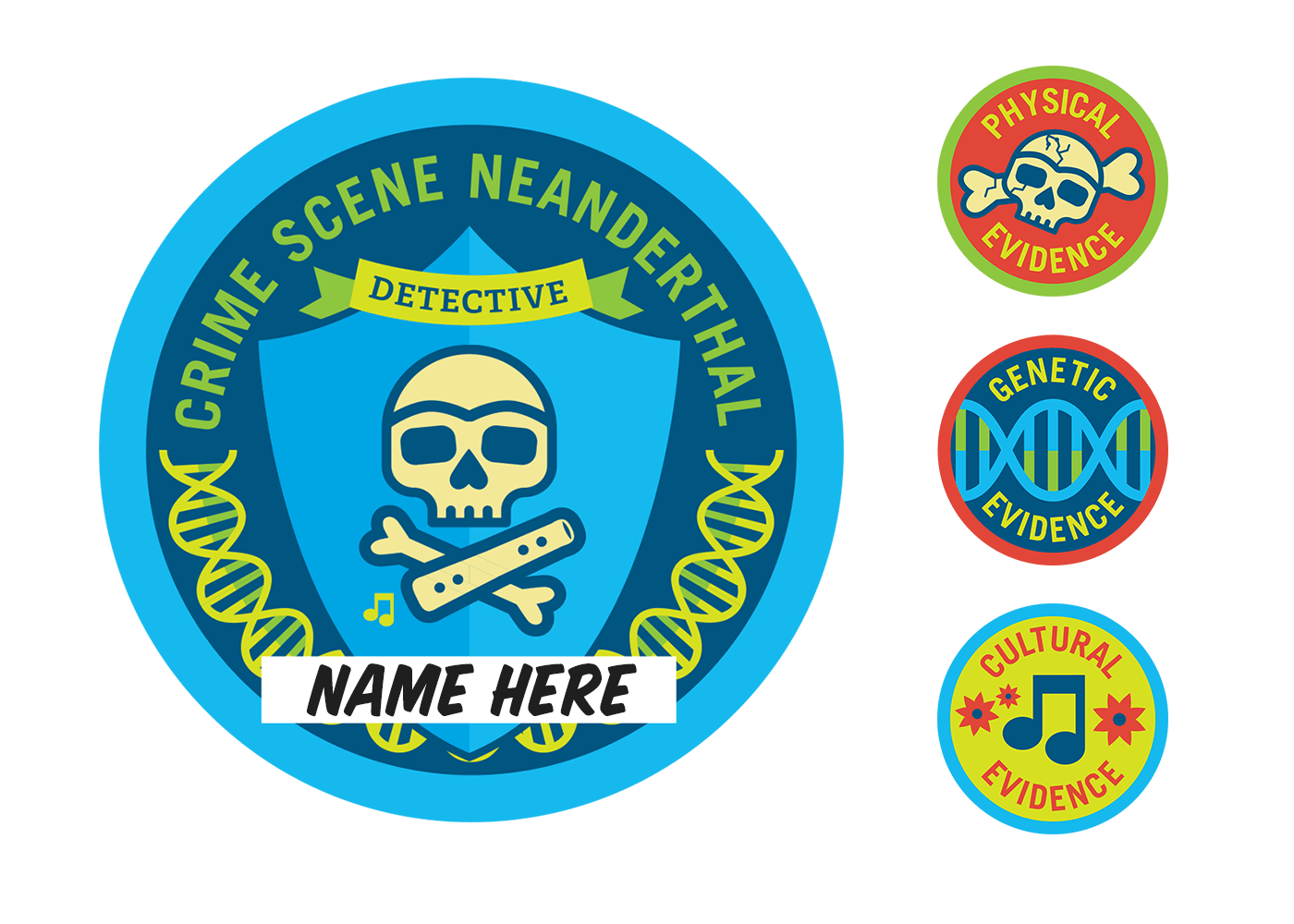Crime Scene Neanderthal is a game supporting the American Museum of Natural History‘s Hall of Human Origins. Players take on the role of detectives who have been hired to identify remains found at a construction site. To do so they use the exhibits in the Hall to distinguish between human, neanderthal, and other artifacts, with a set of minigames as their guide.

Since Crime Scene Neanderthal has an educational purpose, it was important to make sure that it was both meeting instructional goals and a great experience in its own right. I was the point person for a metrics-driven analysis of its success in those regards. I created seven user surveys, each addressing different learning goals and usability factors. Over the summer of 2016 I and others at the Museum used those surveys to assess what the public was learning from Crime Scene Neanderthal, and to find places where the app’s usability could be revisited.
Beyond the surveys, I used Google Analytics to establish which of Crime Scene Neanderthal‘s minigames were most popular and to determine how Museum guests moved through the app. That information gave valuable context to the survey data, and helped me assess. Ultimately I created a comprehensive assessment of the app from both the educational and usability perspectives.
Every game teaches. Street Fighter is a masterclass in rock-paper-scissors mechanics. Poker demands a thorough understanding of odds and probability. Crime Scene Neanderthal teaches about the history of life on Earth. It’s a fascinating game, and was a joy to work on. If you find yourself at the Museum–you should make the effort to go, it’s one of the jewels in New York’s crown–be sure to give Crime Scene Neanderthal a try.